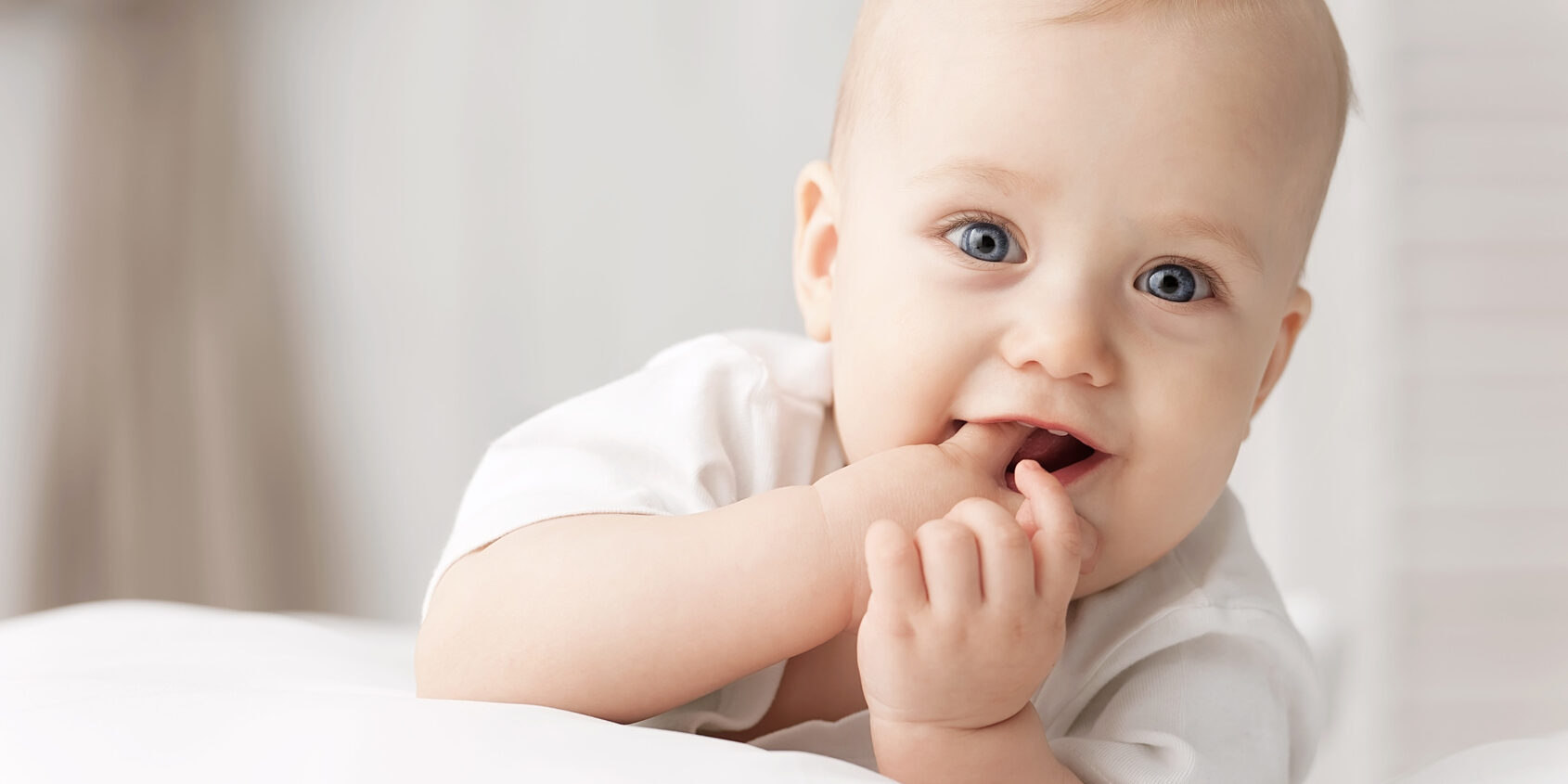Heat rash is a fairly common problem in children. Fortunately, they are not dangerous, but they can annoy a baby, if only because of itching. The most vulnerable to it are babies lying on their backs, who spend most of the time on their backs, and babies who are dressed too warmly.
What is heat rash?
Prickly heat is a blockage of the opening of the sweat gland, not the effect of sweat on the skin, as some believe. With excessive production of sweat (e.g. overheating), the mouth of the gland may become clogged. Are they conducive to overheating a child and inappropriate clothing made of unnatural materials?
Prickly heat is easy to recognize because it resembles small, lumpy vesicles located in clusters. Redness or peeling may appear around the prickly heat, possibly accompanied by a burning sensation.
Sweat is most common on the face, especially the cheeks, neck and upper back, armpits, groin and buttocks. They appear less often on the arms and legs, but special attention should be paid to the baby’s folds, e.g. on the thighs, which should be thoroughly dried after bathing.
Reasons for occurrence
The main reason for the occurrence of prickly heat is overheating of the baby.
Heat rash can happen at any time of the year. They are most common in summer. In winter, they are the result of clothing that is too warm or made of artificial materials. To avoid them, dress the toddler according to the temperature and take into account whether the child is lying down and needs one more layer of clothing, or walking (running) – due to the constant movement, it will be warmer.
How to treat heat rash?
Usually, heat rash disappears on its own and does not require consultation with a pediatrician. A proven method is to gently wash the skin covered with rheumy with warm water and dry it with a towel by gently touching it. We don’t rub sweat, let alone squeeze. On the skin covered with sweat rats, we do not apply olives and lotions, which can additionally block the pores.
If it is possible, especially in the case of sweat rash on the bottom, we try to leave the baby’s skin exposed for some time. So we can let the toddler play without a nappy on a towel or a blanket. In this way, the pimples dry out and the skin breathes.
In the case of severely reddened heat, many parents use the old, proven starch, i.e. a bath in potato flour. You can also add potassium permanganate to the water, which has a similar effect.
In the case of severe inflammation, consultation with a pediatrician is necessary.
Prevention of healthy skin
To avoid prickly heat, there are 3 simple rules to follow:
- We do not overheat the child – we dress the children similarly to ourselves, adding one layer. This old rule works for both babies and toddlers. It is worth remembering, however, that a lying baby covered with a blanket or in a sleeping bag already has one layer more than we do.
- To avoid sweat on the bottom, it is best to choose absorbent diapers that do not keep moisture on the surface, e.g. Polish Bambino diapers . Otherwise, the baby’s skin is constantly rubbing against a wet diaper, and this is a simple way to chafes and prickly heat. Changing babies should always be done as needed. Remember to dry your baby’s bottom thoroughly or let your baby lie down for a while without a nappy.
- After bathing, dry the baby’s skin thoroughly, touching each part of the body with a towel. Particular attention should be paid to the armpits, groin and folds on the handles and legs.
Anna Bator
Substantive verification – lek. Dagmara Zagrodny








